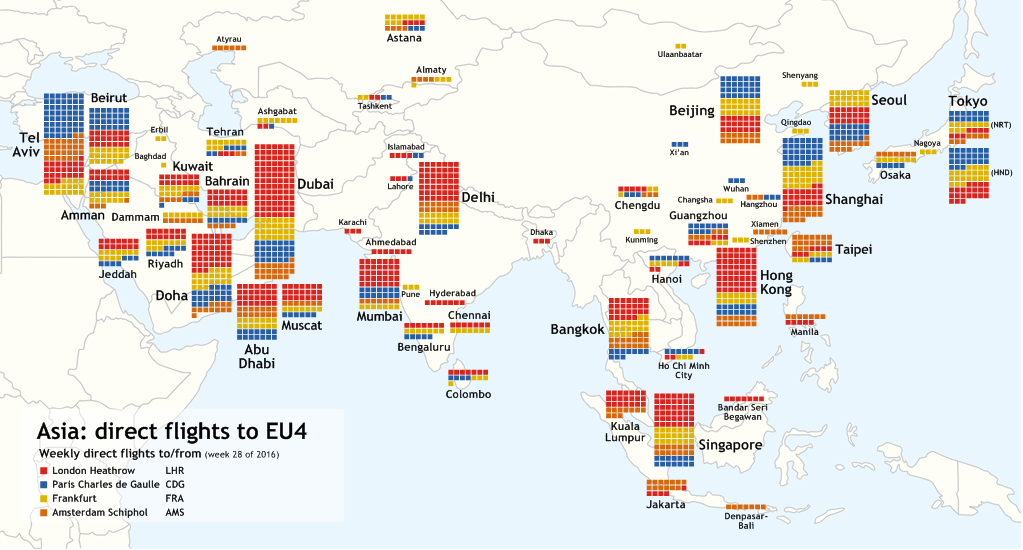Worldwide Airline Routes
Flying was innovative and daring in the early years of the 20th century. Traveling by aircraft was unique. Airlines, airplanes, airports, air routes -none of these existed.
The history of commercial air journey starts in 1914 when the world’s first registered passenger service set off connecting Tampa and St Petersburg, piloted by Tony Jannus. Though commercial flying did not take off fast, through the 1920s, more and more airlines and aviation businesses tried to make on this milestone with differing levels of success.
During the 1920s and 1930s, it became usual for mail to be delivered by air, and many airmail airplanes would also take commuters. One such airline was Western Air Express, which united with Delta in 1987. The airline transported its first load of mail in April 1926 and was greeting passengers by May of the same year – this 1st journey was from Salt Lake City to Los Angeles via Las Vegas.
Map of significant world air routes in 1920

In those times, trains were more convenient than airplanes. There were too numerous restrictions with aircraft as opposed to rail transport, which was able to move over mountains, could move at nighttime, and didn’t have to land and refuel like planes.
Travelers had to put up with a loud sound, and aircraft cabins were unpressurized.
Notwithstanding all of the discomforting and limiting features of air journey, air travel increased in popularity.
The number of airline travelers in the U.S. went from less than 6 thousand in 1926 to about 173 thousand in 1929.
After the mid-twentieth century, air travel has been the most efficient means of transport to cover a significant distance.
Worldwide airline routes & flight patterns

Airline routes of the world have been under perpetual evolution and change since its origin at the beginning of the 20th century.
In 2018, four billion people traveled by air through around 22,000 routes.
The World’s Air Traffic Connections
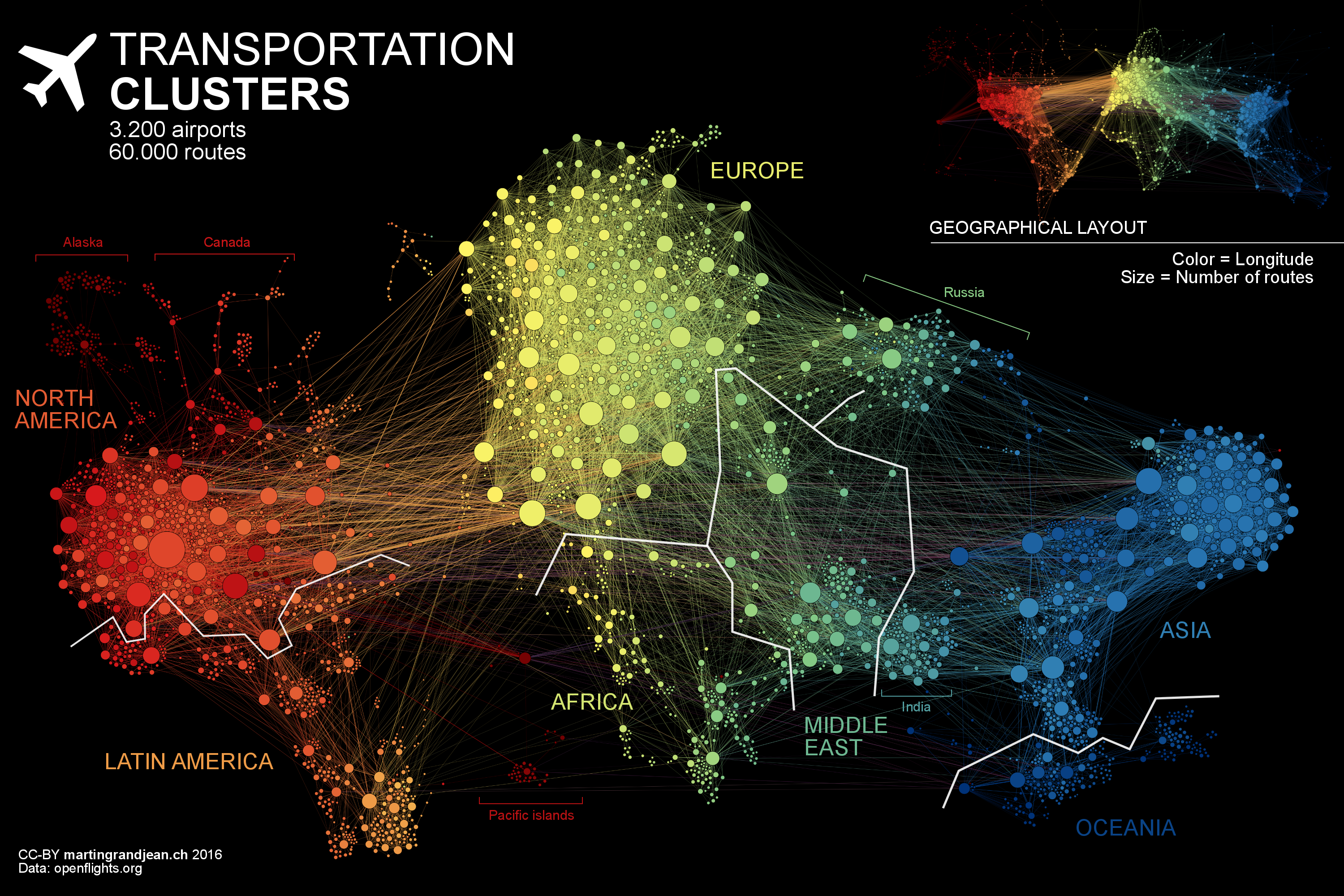
The worlds most airports by connectivity index
1. Heathrow (United Kingdom) – 379
2. Frankfurt (Germany) – 307
3. Amsterdam Schiphol (Netherlands) – 299
4. O’Hare (United States) – 295
5. Toronto Pearson (Canada) – 271
6. Singapore Changi (Singapore) – 257
7. Soekarno–Hatta (Indonesia) – 256
8. Hartsfield–Jackson (United States) – 256
9. Kuala Lumpur (Malaysia) – 242
10. Charles de Gaulle (France) – 242
11. Los Angeles (United States) – 235
12. Hong Kong (Hong Kong) – 233
13. Suvarnabhumi (Thailand) – 226
14. Munich (Germany) – 221
15. Istanbul Atatürk (Turkey) – 219
16. Miami (United States) – 204
17. Incheon (South Korea) – 196
18. John F. Kennedy (United States) – 195
19. George Bush (United States) – 184
20. Dubai (United Arab Emirates) – 183
21. Mexico City (Mexico) – 176
22. Newark Liberty (United States) – 170
23. Shanghai Pudong (China) – 167
24. Sydney (Australia) – 167
25. Indira Gandhi (India) – 166
26. Vancouver (Canada) – 165
27. Dallas/Fort Worth (United States) – 164
28. Haneda (Japan) – 163
29. San Francisco (United States) – 153
30. Rome Fiumicino (Italy) – 145
31. Beijing Capital (China) – 142
32. Guangzhou Baiyun (China) – 141
33. Chhatrapati Shivaji (India) – 140
34. Madrid–Barajas (Spain) – 138
35. Nice Côte d’Azur (France) – 133
36. O. R. Tambo (South Africa) – 133
37. Narita (Japan) – 132
38. Ninoy Aquino (Philippines) – 131
39. Seattle–Tacoma (United States) – 130
40. Logan (United States) – 128
41. El Dorado (Colombia) – 127
42. São Paulo–Guarulhos (Brazil) – 120
43. Montréal–Trudeau (Canada) – 118
44. Zurich (Switzerland) – 115
45. Sheremetyevo (Russia) – 114
46. Luis Muñoz Marín (Puerto Rico) – 114
47. Tocumen (Panama) – 108
48. Vienna (Austria) – 107
49. Orlando (United States) – 107
50. Auckland (New Zealand) – 106

Flight from Dallas to Sydney is one of the longest non-stop commercial flights. Flight time takes 17 hours and 5 minutes. But airplanes don’t always fly in a straight line.
The map below shows the shortest flights from London to Auckland and Dunedin.
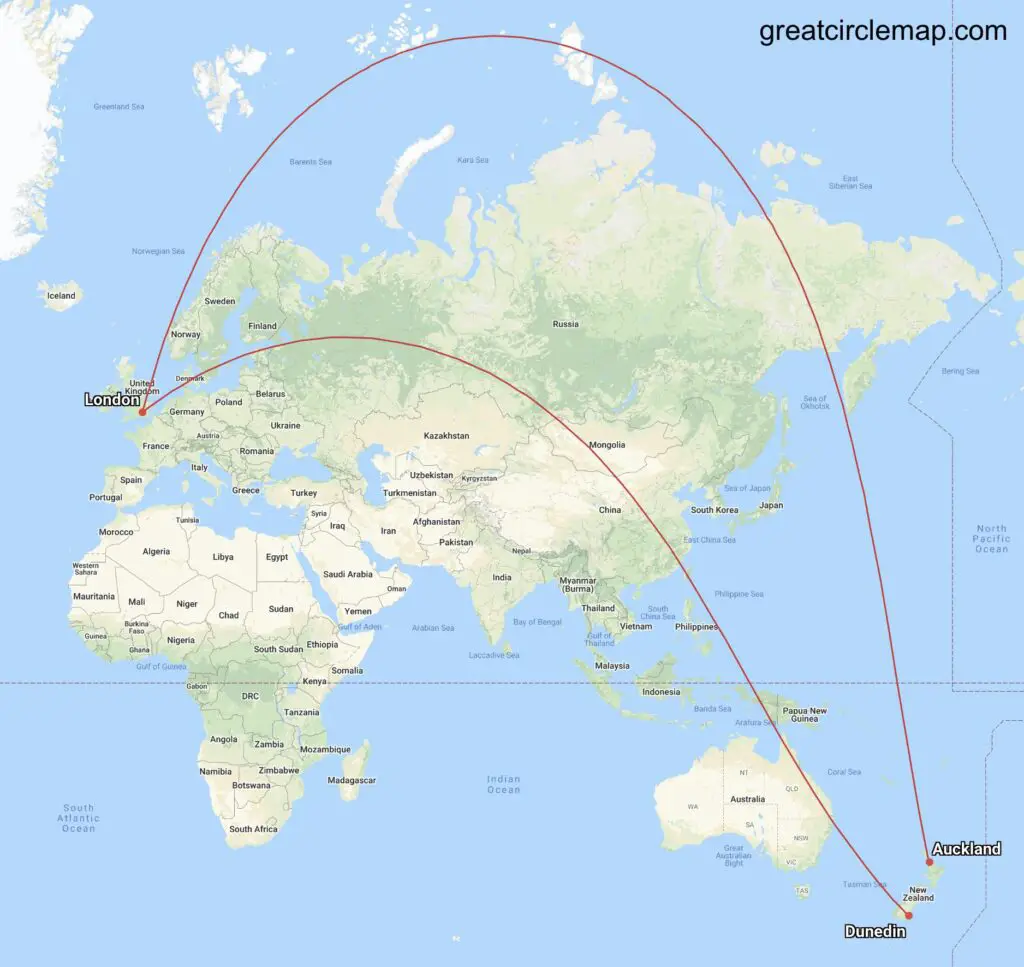
Why pilots can’t fly straight
There are several reasons why planes do not always fly the shortest routes.

It occurs for the following reasons:
- Air traffic control: To keep planes from getting too close, especially in busy airspace such as the North Atlantic, air traffic controllers organize flights onto invisible ‘highways’ known as airways or tracks.
- Terrain: It is risky to fly over Tibet, as there are limited flat land and communications infrastructure for emergencies. In the case a plane loses cabin pressure, it needs to descend to 10,000ft to sustain oxygen levels, but this is impossible in Tibet, where the average elevation exceeds 14,800ft.
- Jet streams: Jet streams are air currents blowing west to east, with the northern polar let stream often found around 60’N. Planes can catch these winds while flying east to save time and fuel, even if flying a longer route.
- Avoiding polar regions: There are technical and operational constraints to flying over the Arctic and Antarctic, such as the risk of jet fuel freezing and the lack of emergency landing airports nearby.
- Weather: Planes could fly over some storms, but storm clouds could reach above 60,000ft, beyond average erasing altitude (around 30,000 ft). Winds also limit options for planes in trouble. They make descending to a lower altitude or make emergency landings dangerous.
- Politics: Feuding countries sometimes restrict their airspace to airlines of one another, such as the blockade by Saudi Arabia and the UAE against Qatar. China also blocks Taiwanese airlines from using its air, forcing them to make costly detours.
- Conflict zones: As the tragic events of MH 17 showed, there are dangers to flying over conflict zones where anti-aircraft missiles might be used. There is an international database of a conflict zone, but avoiding these areas is up to each airline.
All this ultimately affects the cost of air travel.

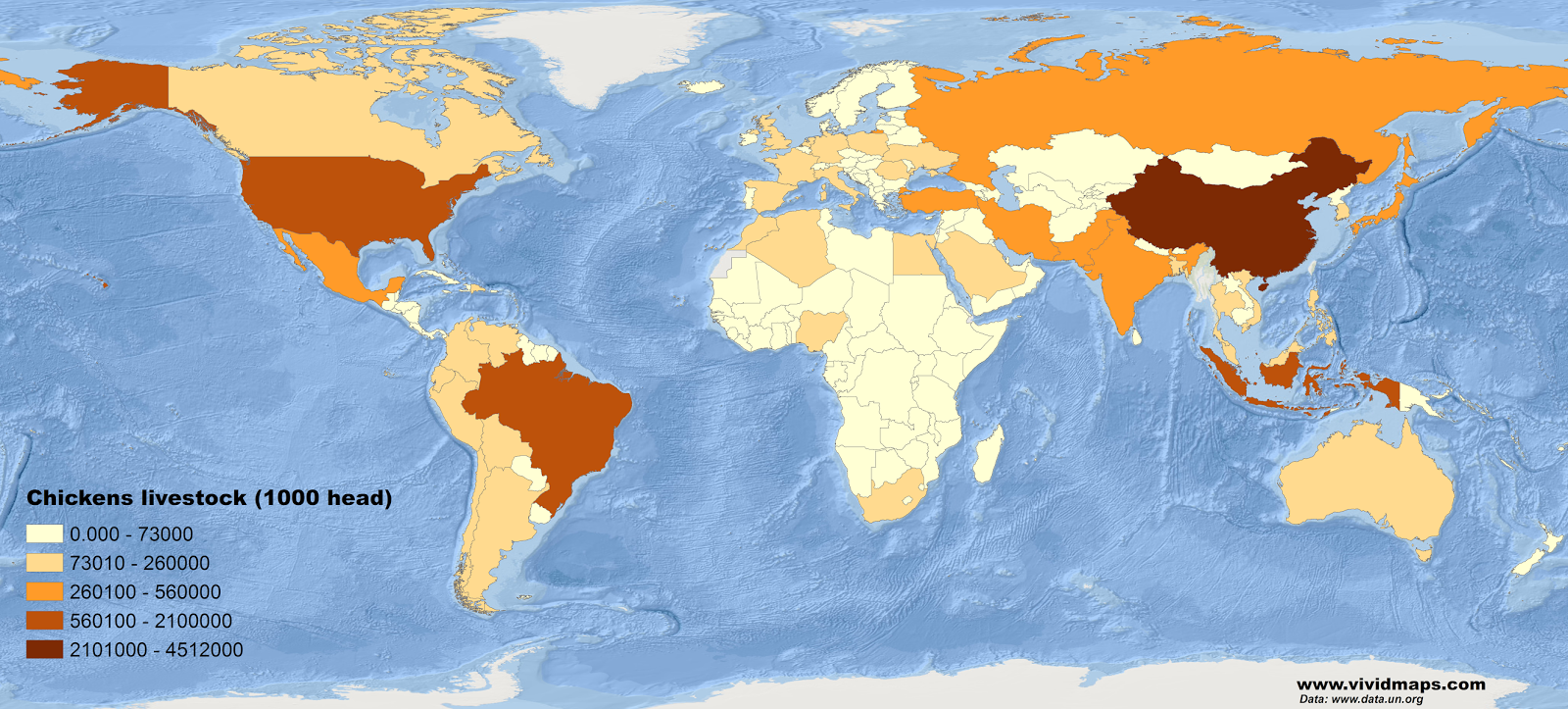


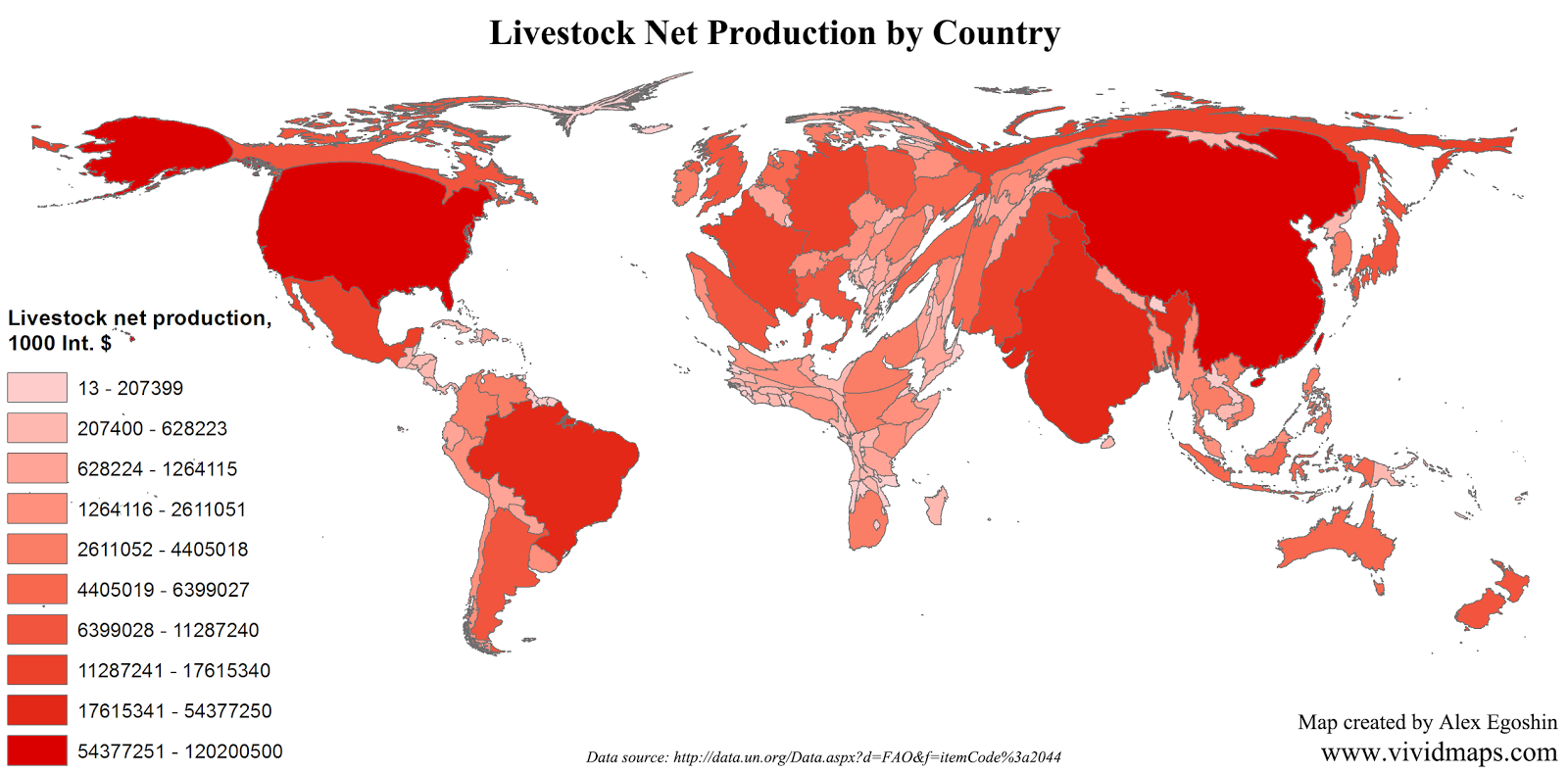
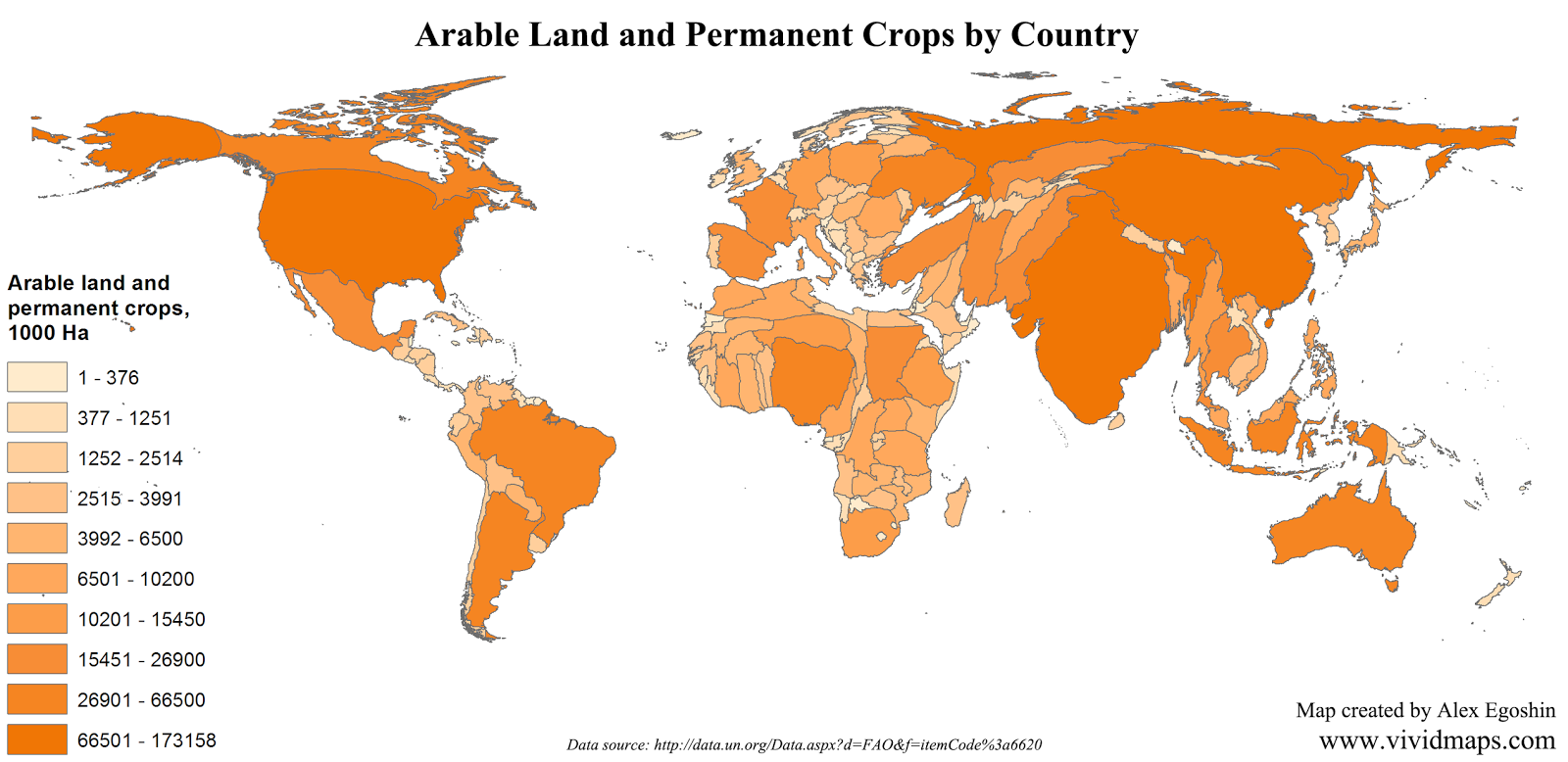


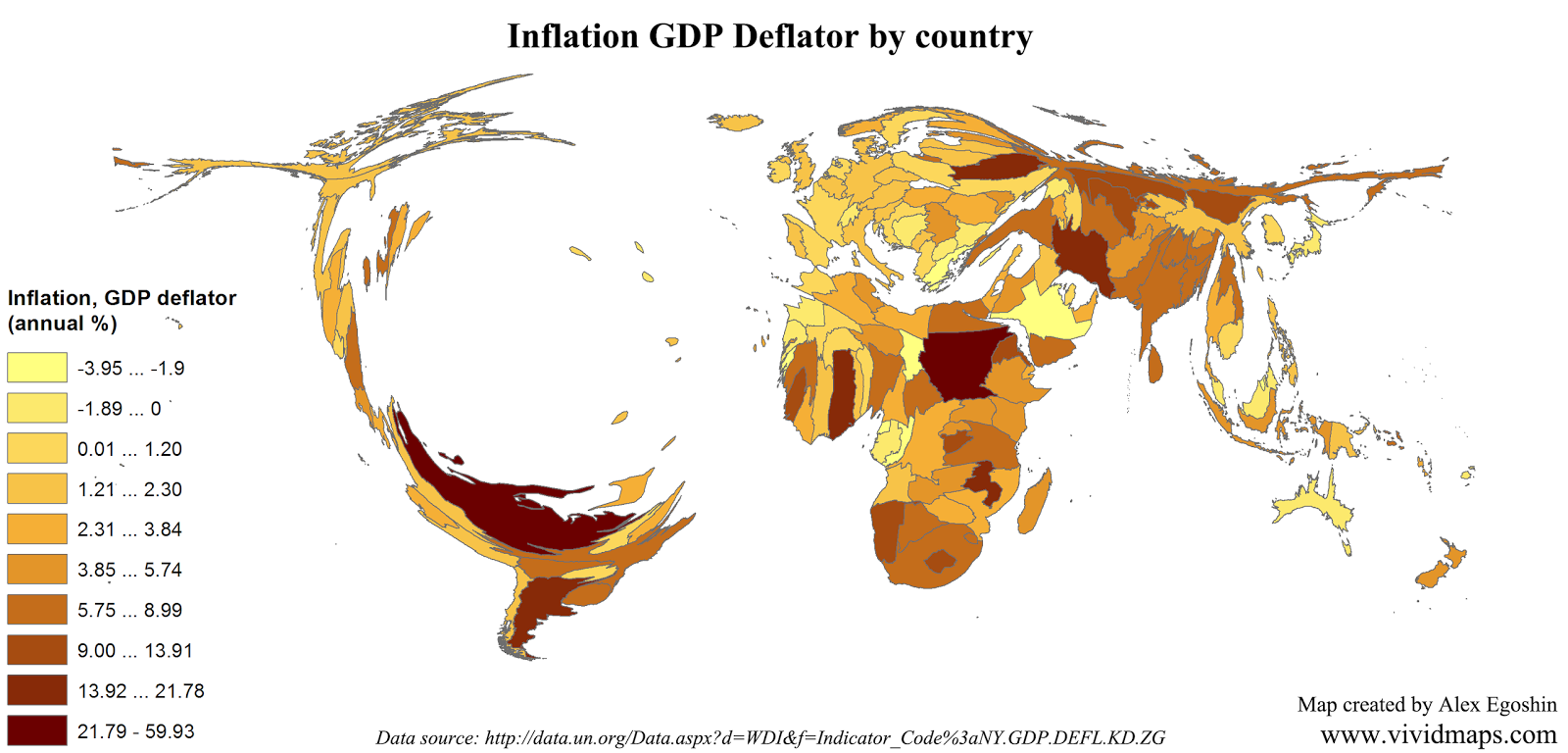
Top 10 Busiest European Flight Routes
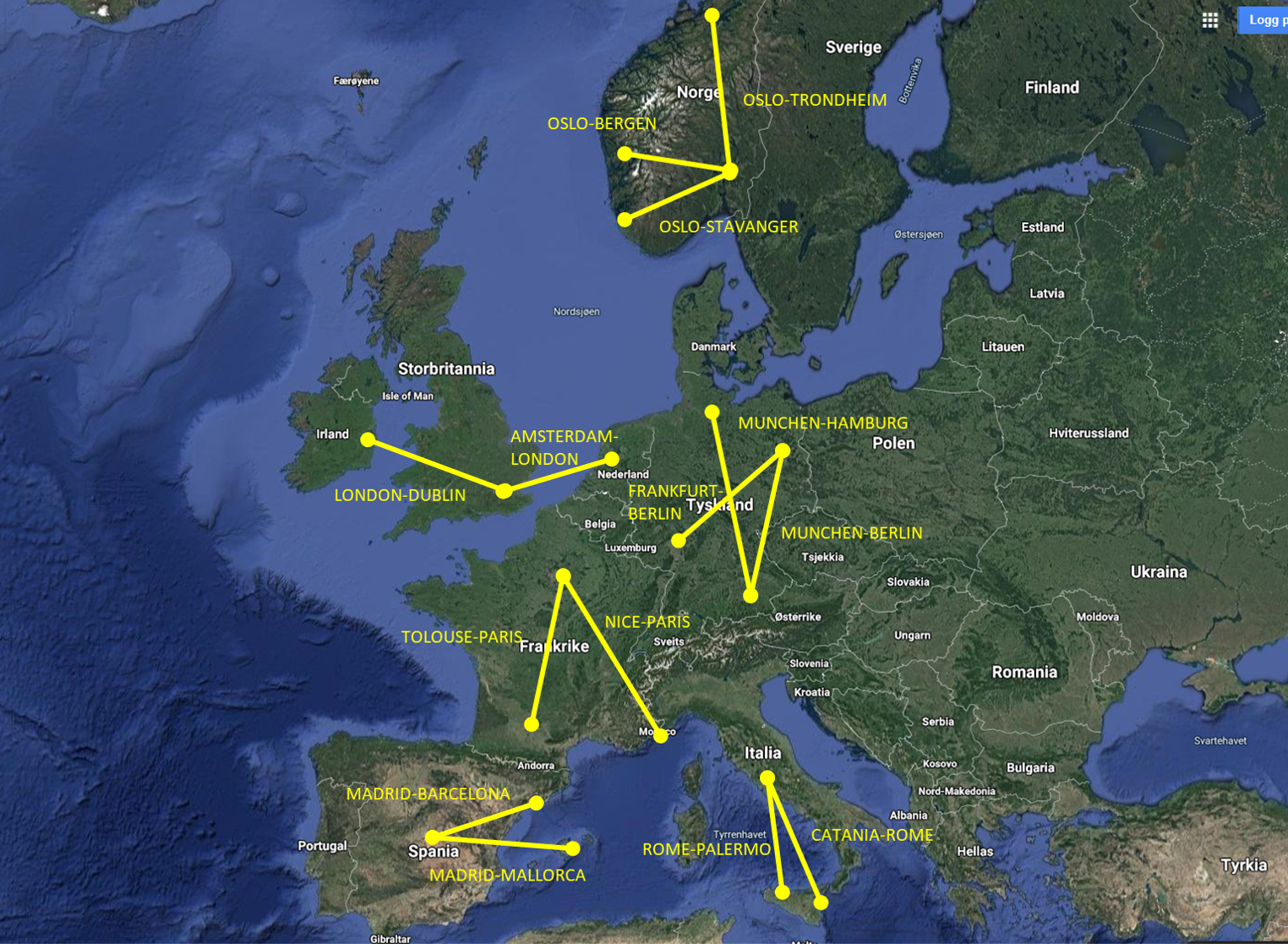
Direct flights to Asia from the four largest European airports
